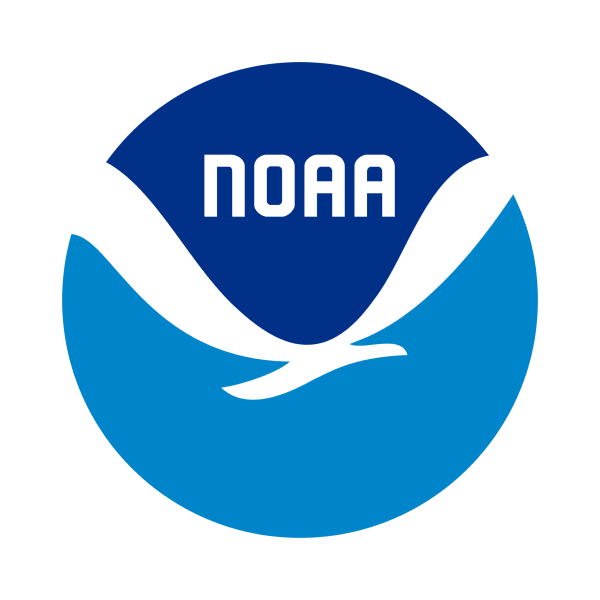Project Dates: August 2014 - July 2016
What’s the project?
Hawai‘i Wildlife Fund worked with educators to inspire local school children to become stewards of their natural surroundings and step up to take personal responsibility for the increasing global marine debris problem. This project invested in Hawai‘i keiki and encouraged them to create constructive solutions as part of small scale and global movements. Students participated in hands-on activities that targeted the required science and math benchmarks for the State of Hawai‘i Department of Education. Through exposure to marine debris problems, interaction with professional science mentors, and analysis of marine debris collected from local beaches, this project connected marine debris to students and their own daily behaviors.
What does it accomplish?
HWF developed local marine debris awareness and prevention curriculum for grades K-5, which was distributed to about 20 schools on Hawai‘i Island. Approximately 3,000 students then created colorful hand-painted wood signs for beach cleanup stations and painted trashcans after learning about marine debris and how each person makes a difference. A community-based approach in education and action is vital in working towards a solution for marine debris. HWF organized several family community clean-ups so that the students could spread awareness to their family and friends and experience the difference they made.
Who is involved?
Hawai‘i Wildlife Fund is a non-profit organization dedicated to the conservation through research and education. They are actively engaging the community in research, education, and conservation projects to actively protect Hawaii’s fragile marine ecosystem and community. HWF partnered with the NOAA Marine Debris Program on this project as part of NOAA’s Marine Debris Prevention through Education and Outreach grant.
What's something unique about the project?
The program culminated with a family beach cleanup day at several marine debris hubs including Kamilo Point in Ka'u, Pololu in North Kohala, Kanekanaka Point in South Kohala, Cape Kumukahi in Puna, Kaipalaoa in Hilo and Ooma in Kona. Kamilo is notorious for its marine debris accumulations and has been impacted for decades.
 An official website of the United States government.
An official website of the United States government. 
